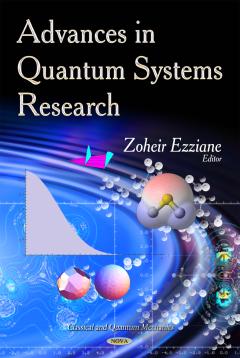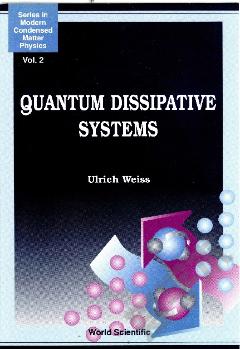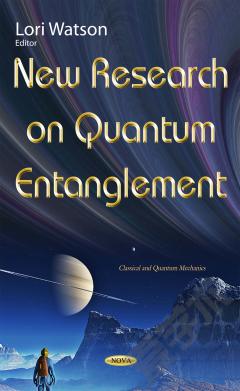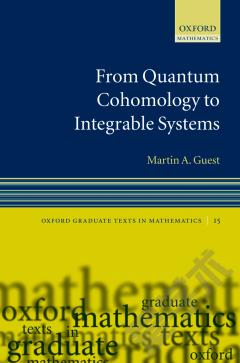Advances in Quantum Systems Research
Quantum field theory represents a theoretical framework that explains the nature and behavior of matter and energy at the atomic and subatomic level and that constructs quantum mechanical models of systems with an infinite number of degrees of freedom. It is also known as the natural language of both particle physics and condensed matter physics. Quantum theory and Albert Einstein's theory of relativity provide the foundation for modern physics. The principles of quantum physics are being applied in several areas such as quantum computing and quantum chemistry. During the last twenty years, there have been new developments in quantum computing, and many physicists and computer scientists have focused their interests in this exciting area, which enables quantum systems to process, save and transmit information. This area, which includes an increasing body of new insights into the basic properties of quantum systems, has inspired many scientists and scholars around the world to conduct research in optical, atomic, molecular and solid state physics. On the other hand, quantum chemistry (QC) (also referred to as quantum computational chemistry) is mainly concerned with the numerical computation of molecular electronic structures using various techniques. It investigates the ground state of atoms/molecules, the excited states, and the transition states that happen during chemical reactions. During the process of calculating molecular properties such as molecular energy, QC explores computations for different molecular geometries. Hence, QC should propose approaches that are both cost effective and reliable. This book is a welcomed addition to the current research which investigates the physical meaning and significance of information, and highlights the latest and most sophisticated concepts in quantum theory
{{comment.content}}








 京公网安备 11010802027623号
京公网安备 11010802027623号